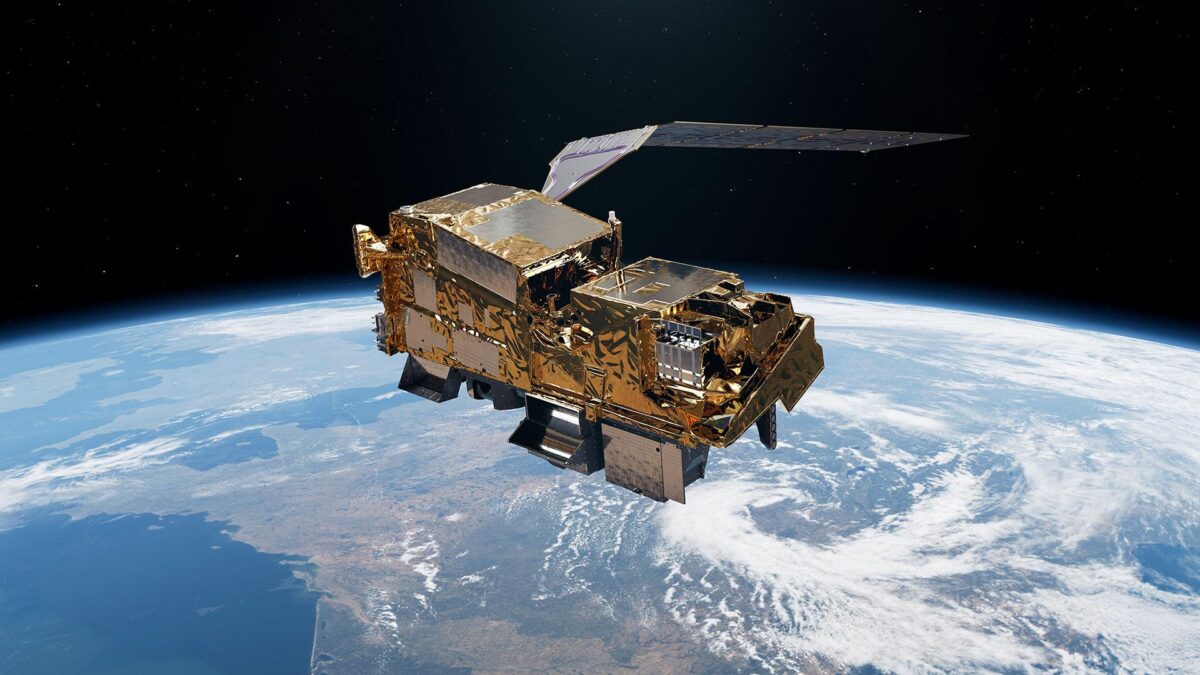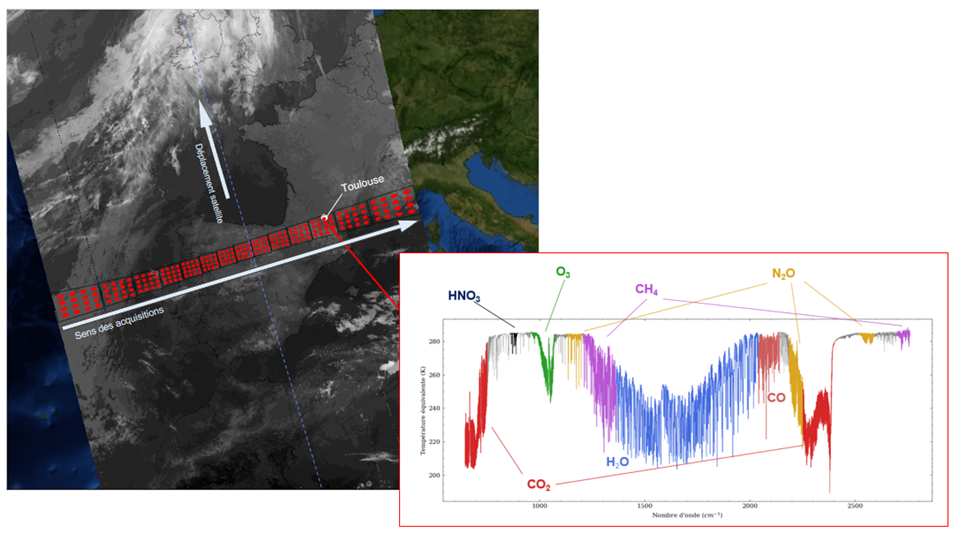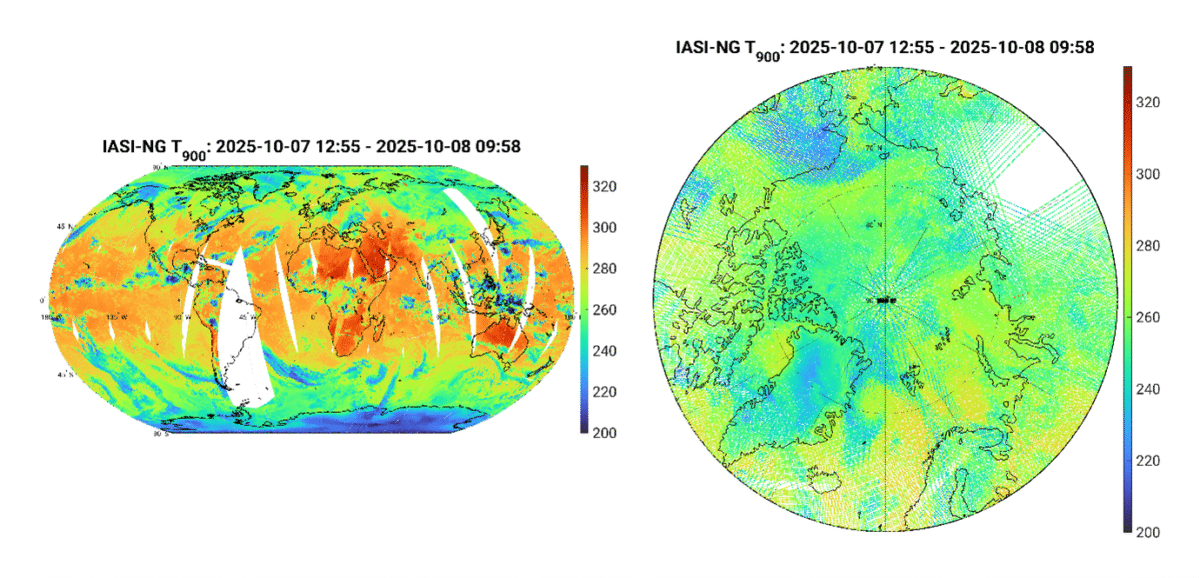
Next-generation weather satellite sends back first data

Europe’s latest weather satellite has begun transmitting data that scientists say will transform how the atmosphere is observed and modelled.
The IASI-NG (Infrared Atmospheric Sounding Interferometer-New Generation) instrument aboard the Metop-SGA1 satellite has sent back its first readings, marking the start of a calibration phase that will continue into 2026.
Once complete, the data will be made available for operational use by national weather services and researchers worldwide.
Launched on 12 August from the Guiana Space Centre by an Ariane 6 rocket, Metop-SGA1 was developed by the European Space Agency for EUMETSAT, Europe’s meteorological satellite organisation. The satellite is operated by EUMETSAT, while the IASI-NG instrument is managed by the French space agency CNES with support from CNRS and Meteo-France.
IASI-NG will measure temperature, humidity and trace gases such as carbon dioxide, methane and ozone with twice the precision of its predecessor, which has been operating since 2006. The new system will collect more than a million atmospheric readings a day and is expected to remain in service until at least 2047.

The first atmospheric spectrum, captured as the satellite passed over Toulouse, France, already shows the instrument’s ability to detect the chemical fingerprints of multiple gases.
Scientists say its sharper resolution will allow for more accurate readings at different altitudes, improving weather forecasts and climate monitoring.

IASI-NG’s performance is enabled by a new optical design known as the Mertz interferometer, being used in space for the first time. The technology allows for finer measurements of vertical profiles of temperature and humidity, key factors for improving global and regional forecasting models.
Together with earlier generations of IASI instruments, IASI-NG will build a 40-year record of global atmospheric data, providing an essential tool for tracking changes in the Earth’s climate.
Share this WeathÉire story:







